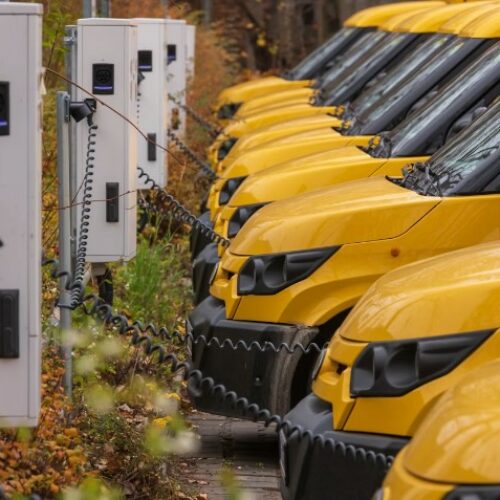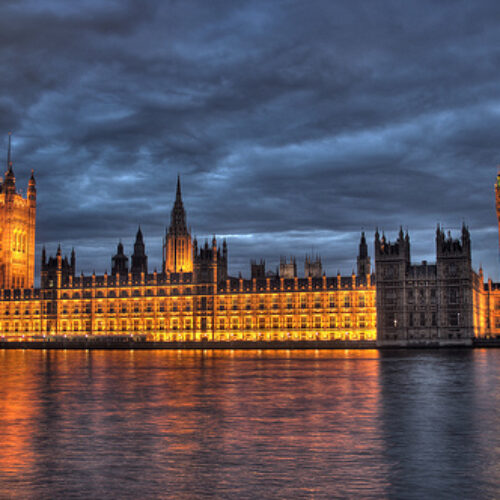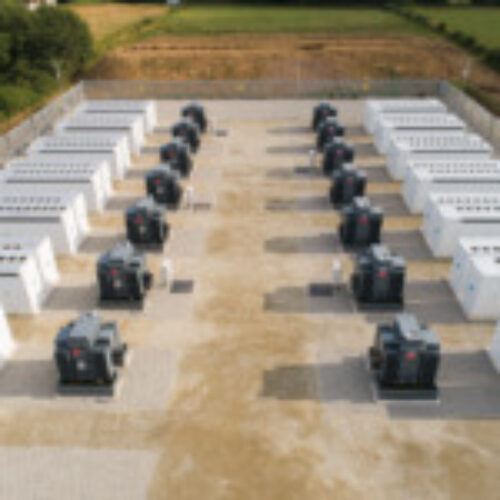Current± talks to Tom Pakenham, director of electric vehicles at energy tech firm Kaluza, about the obstacles to energy flexibility, the need for DNOs to progress in their thinking around EVs and whether or not the industry itself is innovating fast enough.
What are some of the main obstacles to residential flexibility at the moment?
Obviously it would be much better if there were a clear pricing mechanism for that. I think it’s difficult to access markets with residential-sized markets and the business model is hard to make stack up. Obviously as a company that has a relationship with a supplier already in OVO Energy, we can already create value for OVO and are doing so, so it’s not all dependent on ancillary services revenues.
I thin we need to see more progress from the DNOs in embracing flexibility and setting a price for it, instead of just talking about it and doing innovation projects. Secondly from National Grid, again we really need to see that market opening up and making it possible to use these sources.
Smart metering is definitely an obstacle. In the long-term for residential flexibility we have to have smart metering. And it’s not really an obstacle, but it needs to be done, but it’s actually having customer propositions. You have to turn this into something for the customer. You have to have a product that people want.
How much of a job is it for the suppliers to simplify and relay these benefits to consumers?
I think it’s definitely an important park of a supplier’s work, and for companies like us it’s important to make it easy for suppliers to understand. It’s one of the reasons Kaluza does what it does. There are so many steps in a customer’s journey from selection, proposition design, hardware selection, surveying, installing it, commission it, ensuring they have the app and integrating that with your bill… there’s a huge number of things to do.
Is the industry itself innovating fast enough?
Yes. I think the industry has shown extraordinarily fast innovation in the last couple of years. In EV charging, what OLEV did by saying ‘you have to be smart’ is brilliant. There’s different levels of ‘smart’ but the basic functionality of a smart charger will be embedded in most electric vehicle charging, and then it’s about how you get the most out of it, the best carbon or price optimisation.
I also think there’s been a lot of innovation from the consumer. There’s a good section of the UK public which is interested in this technology. Our data shows that about one-third of customers who choose to go to electric vehicles do so because they like the innovation and the technology.
It’s crucial, but it results in cool products. On the subject of software engineering and tech development, frankly I’m a dinosaur in this place [Kaluza]. The teams here work in a very very, genuinely agile way and they don’t like people like me that like certainty, roadmaps and dates. That’s just not how it works, but that works really nicely with where the industry is headed. It also combines quite well with the long-term vision. You’ve got confidence that you can say ‘OK, that wasn’t quite the direction we wanted to take, but let’s move in that direction anyway’.
Then do you feel it’s the regulatory landscape that needs to catch up, especially given the political logjam at the moment?
In the electric vehicle space in particular, there’s a lot of activity to understand what might be needed. The Electric Vehicle Energy Task Force for example is doing a lot of good work and it’s not missing anything. I’m not saying we agree with its findings wholeheartedly and without exception, but mostly it’s all sensible stuff.
I think there are some areas where we need to be careful from a regulatory point of view. The move towards DNO-managed charging and throttling charging is potentially a concern for an energy supplier and for innovation in the EV industry. Essentially DNOs, if they want the services they’re expecting to get from controlling EV charging, they need to respect the framework of not going behind the meter and only certain entities are allowed behind the meter.
The danger is that by going through a code change route then innovation is stifled, and that’s something we need to be careful of.




